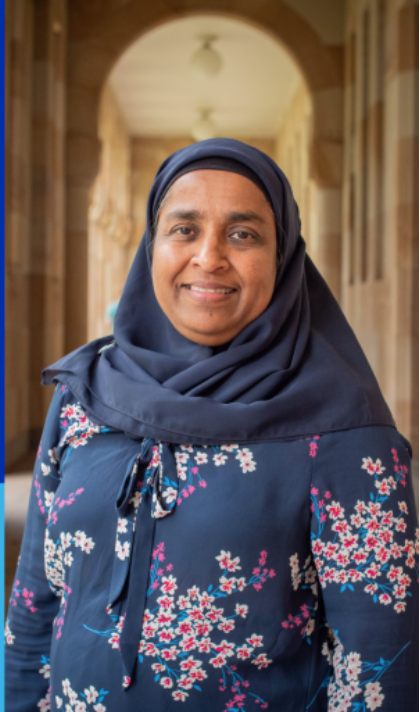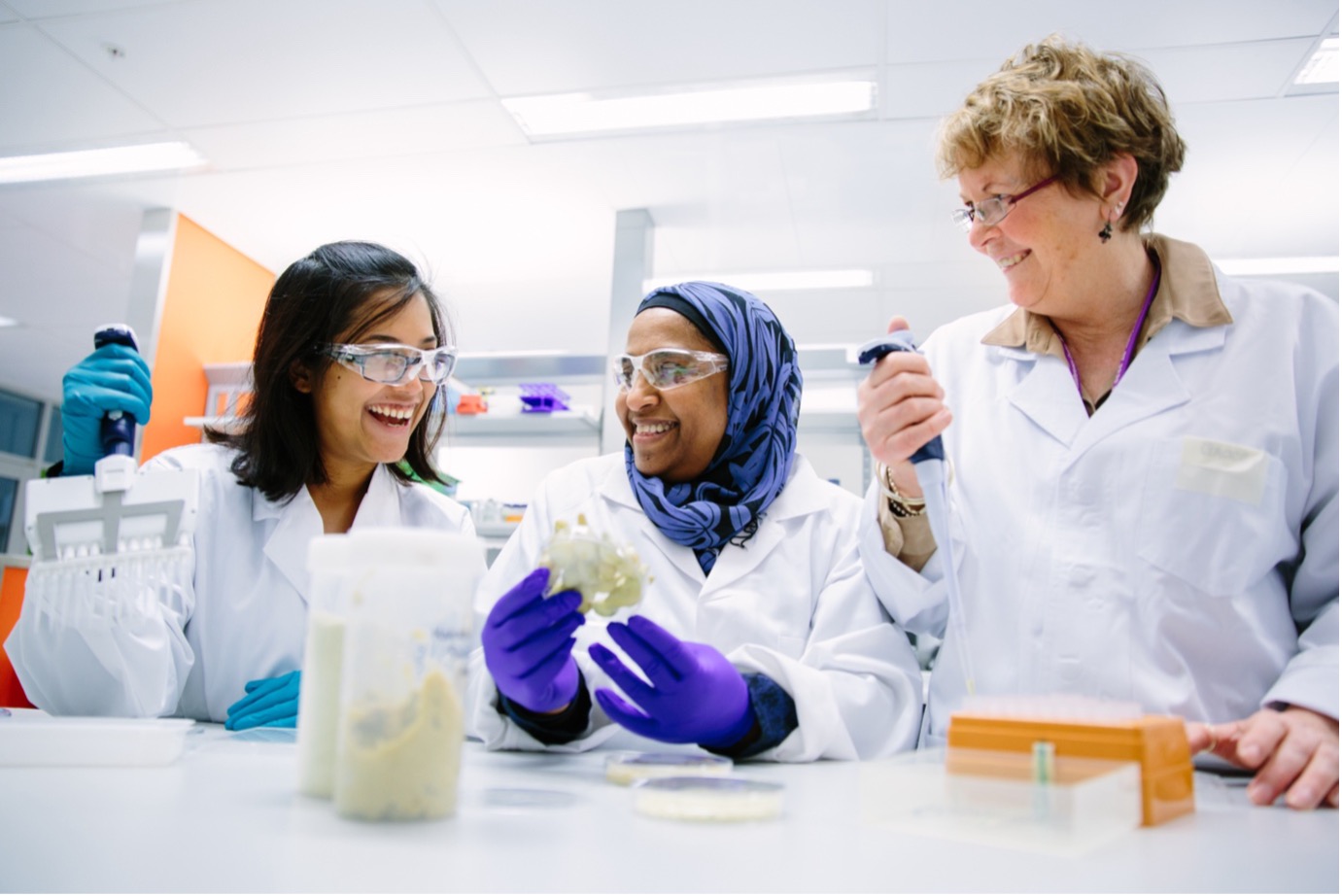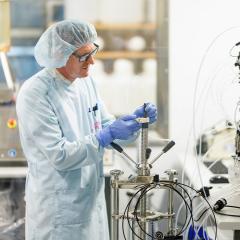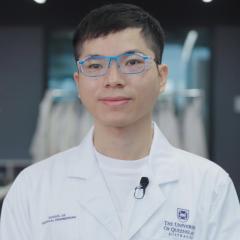Professor Yasmina Sultanbawa has discovered how to produce, process, preserve, and protect our food in the most natural way possible. Here, she answers Research News' top 5 questions, posed by writer Suzanne Parker.

1) What gave you the ‘taste’ for feeding the world as naturally as possible and how did you discover Australian native plant foods?
Professor Sultanbawa: In the early 2000s, I was working at the Industrial Technology Institute in Sri Lanka, where I specialised in research translation to build enterprises, specifically for the fisher community. I discovered that if the women there – mostly mums like me but living in poorer conditions – were taught the right way to process fish, e.g. drying them and creating different types of products, they could improve their business and become economically empowered. It really made me appreciate how important science is, how it can improve lives and generate high-quality outcomes for both health and finance.
When I came to Australia in 2007 to work for the Queensland Department of Agriculture and Fisheries on a fisheries project, I learnt that the prawn industry was interested in using something not synthetic to preserve their product. At the same time, I found another (AgriFutures Australia-funded) project to study the potential of Australian native foods from a commercial and scientific perspective. I investigated the Kakadu plum and discovered its really amazing antioxidant and antimicrobial properties, and that because its taste was very bland, it could be an excellent natural candidate for preventing spoilage in other foods. Perfect match!
I’ve since worked with several Indigenous communities on the provenance and traceability of native crops such as wild-harvested native fruits, cultivated saltbush and wattle seeds so that they can be marketed commercially.
2) What does a typical day look like for you?
I just love research and if I had my way, I’d be in the lab all day. However, I have an amazing group of researchers to help test my theories and whenever possible I get into the lab to support their work. As director of 2 major centres, I have many daily administrative and budgeting responsibilities – including writing grant proposals and journal articles – but I also supervise 20 incredibly bright PhD students, whom I wish to spend as much time with as possible. I also try to keep up to date with what’s happening in industry. I always look 5 years ahead to see where we can improve our research strengths and how we can equip our labs to be state-of-the-art for the training of different stakeholders.
3) Can you share some of the challenges you face in your research and is collaboration the answer?
So much to do, so little time: 24 hours in a day is just not enough! My students are brilliant and I need to challenge them; I need to slow down and allow them to blossom with time – I worry about not being fair. And yes, collaboration – and building trusted partnerships – is definitely key to research. We are currently working with the Food and Beverage Accelerator to develop smart processes and products, making close links with the School of Agriculture and Food Sustainability to boost teaching performance, and working with the Queensland Department of Agriculture and Fisheries as well as scientists across the world to better our research outcomes. Also, we work with Indigenous communities across Australia to help them develop a food product that they then market.

4) What does success look like to you?
My greatest success is to see my students become the best versions of themselves. That’s my legacy. I challenge them a lot and want them to embrace social as well as scientific skills because they will face many challenges ahead with ChatGPT, AI and other technology advances. I want to have helped create the next generation of leaders who are empathetic and courageous, have critical thinking skills, and are able to speak up in what is becoming more and more a world of haves and have-nots. That’s my aim.
5) What do you see for your future?
I want to build on our ARC Industrial Transformation Training Centre for Uniquely Australian Foods with a Centre of Excellence that will transform the native food industry and have leadership in food systems. It must be holistic and trans-disciplinary, and incorporate the best aspects of AI to analyse what the industry needs. We want to be able to easily provide scientific evidence of traceability and provenance so that producers can demonstrate the quality of their product and have ‘clean’ labels and no synthetic additives. This will contribute to sustainable food production and there is significant interest from industry, retailers and consumers.
Bonus question: What’s your best piece of advice?
Be courageous and empathetic: stand up for what’s right and support it with evidence. It’s what the world needs.
Read more: From the outback to the Olympics: how native food is changing how we eat and buy



